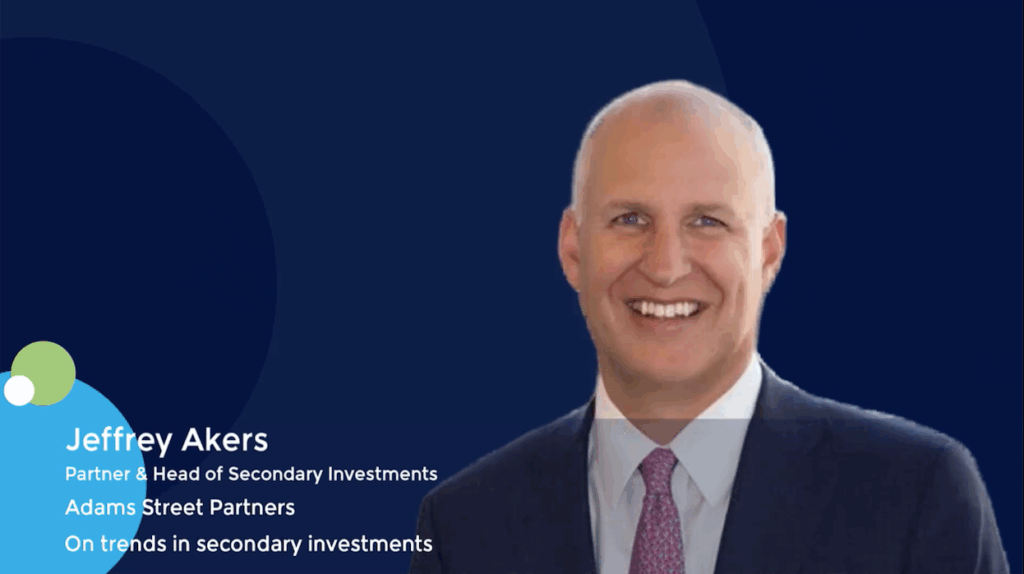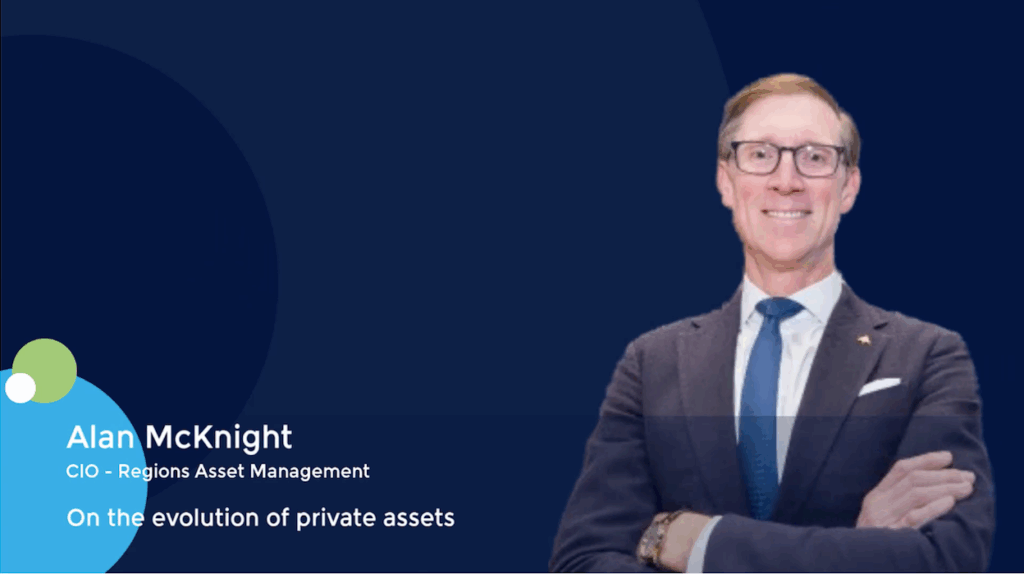Michael Ashley Schulman, CIO and Founding Partner at Running Point Capital, on the evolution of private assets in family offices allocation
Michael Ashley Schulman, CIO and Founding Partner at Running Point Capital Advisors (a multi-family office), shares his journey from a childhood stock trader to a seasoned investment strategist. Schulman offers deep insights into the evolving landscape of private assets and how affluent families are navigating wealth management in today’s complex financial environment.
Key Themes & Takeaways
1. The Evolution of Private Markets
- Over the past two decades, private markets have matured significantly.
- Growth in private credit, secondary markets, and venture capital has diversified investment opportunities.
- Real estate remains relatively stable, while other asset classes have seen innovation and expansion.
2. Family Office Trends
- Families typically enter Running Point with 0–5% allocation to private assets.
- Schulman recommends a 20–40% allocation, tailored to each family’s goals and risk tolerance.
- Transitioning to higher private allocations is gradual and opportunity-driven.
3. Education Beyond Investments
- The real education lies in understanding family priorities, not just asset classes.
- Schulman emphasizes building a holistic financial picture—including assets, liabilities, lifestyle goals, and legacy planning.
- Investment strategies are likened to choosing a route on Google Maps: scenic, fast, or off-road—each with its own risk and reward profile.
4. Volatility vs. Real Risk
- Schulman distinguishes between market noise and true financial risk.
- Real risk is the inability to meet liabilities, not daily price fluctuations.
- Cash flow is king—especially in private investments that generate income despite being illiquid.
5. Private Credit: A Deep Dive
- Private credit is a broad category, akin to saying “I like mutual funds.”
- Schulman favors opportunistic, covenant-heavy private credit that offers equity-like returns with less risk.
- He also has a strong understanding of CLOs (Collateralized Loan Obligations) from his time at Deutsche Bank.
6. Manager Selection Criteria
Schulman’s four pillars for evaluating investment managers:
- Smart: Deep expertise and insight.
- Niche: A clear area of specialization.
- Systems: Robust infrastructure and risk controls.
- Selection Process: A rational, explainable investment methodology.
7. Tax Optimization Strategies
- Tax planning can yield more value than investment returns.
- Schulman highlights Private Placement Life Insurance (PPLI) as a powerful tool:
- Tax-free compounding
- Access to bespoke investments (e.g., private credit, hedge funds)
- Multi-generational wealth planning
- Liquidity options through borrowing or withdrawals
8. Psychology of Wealth
- Families are most sensitive to taxes, more than fees or returns.
- Structuring investments to minimize tax impact is a top priority.
9. The Future of Wealth Management
- Rise in single-family offices is outpacing talent availability.
- Multi-family offices will grow, but true holistic firms remain rare.
- Industry is seeing consolidation, driven by private equity and economies of scale.
- Schulman sees value in boutique firms that offer personalized, proactive service.
Key timestamps:
00:07 Introduction to the Fireside Chat
01:41 Trends in Private Asset Allocation Over Two Decades
03:06 Family Office Dynamics in Private Capital
05:41 Educating Families on Investment Strategies
09:10 Understanding Volatility and Risk in Investments
10:55 Diving Deeper into Private Credit
15:38 Assessing Investment Managers and Their Track Records
17:30 Tax Optimization Strategies for Wealth Management
20:08 Cost Benefits of Private Placement Life Insurance
21:25 Multi-Generational Wealth Building Strategies
22:45 Evolution of Private Placement Life Insurance
23:33 Psychological Factors in Wealth Management
24:53 Future Trends in Asset Management
26:29 The Role of Boutique Multifamily Offices
28:02 Conclusion and Closing Remarks










